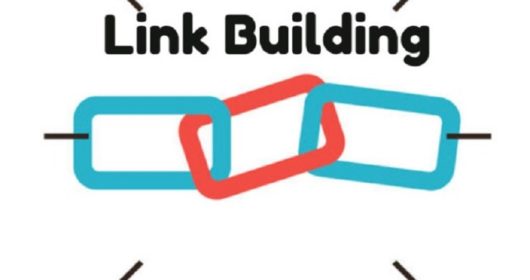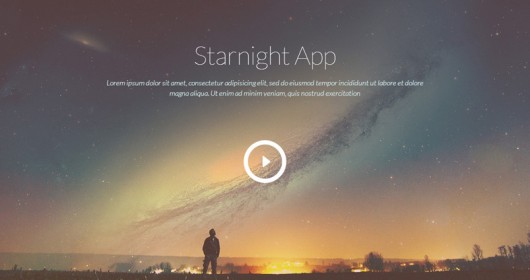Which VPN Protocol Should You Use to Watch Netflix?

Like most people who use Netflix, you’re probably using a VPN with it. While playing around with the VPN app, you might have noticed an option that lets you pick from different VPN protocols.
What are those, exactly? And should you use a specific one when watching Netflix?
We’ll tell you everything you need to know in this five-minute article.
First Things First – What Is a VPN Protocol?
The easiest way to define a VPN protocol is as a list of rules the VPN app and server use to negotiate and establish a connection.
Basically, without protocols, VPNs wouldn’t be able to offer secure, stable, and fast connections.
How Many VPN Protocols Are There?
Right now, there are a total of seven protocols:
1. PPTP
2. L2TP/IPSec
3. OpenVPN
4. IKEv2
5. SoftEther
6. WireGuard
7. SSTP
There are also three proprietary protocols we know of:
• NordLynx – A protocol that belongs to NordVPN, which is built around WireGuard and uses NordVPN’s custom double NAT system.
• Chameleon– Owned by VyprVPN, this is a protocol that offers obfuscation to mask OpenVPN traffic.
• Lightway– A new protocol owned by ExpressVPN that’s currently under development. The provider promises it will offer very fast speeds and low ping.
So Which Protocols Work Best with Netflix?
Alright, so you have tons of protocols to choose from. But which ones offer an ideal streaming experience when watching movies and TV shows on Netflix?
Well, there’s really only one thing a VPN protocol needs to offer in this case – smooth and stable speeds.
Considering that, here are the protocols we believe work best with Netflix:
• WireGuard – This protocol was built with speed in mind. In our tests, we always got really low ping times and very high speeds when watching Netflix in Ultra HD.
•IKEv2 – Another speedy and stable protocol. It can actually resist network changes, meaning your VPN connection won’t go down when you switch from WiFi to mobile data. That makes it a perfect option for binging Netflix on smartphones.
• L2TP/IPSec–While it’s not as fast as IKEv2 and WireGuard, it still offers decent Netflix speeds. Like WireGuard and IKEv2, we had no problem enjoying 4K quality.
Should You Use OpenVPN with Netflix?
OpenVPN is the default protocol in most VPN apps. And it’s no surprise why – it offers excellent security, it’s open-source, and it’s very reliable.
But what about the speeds?
Well, that’s a whole different story. Unfortunately, OpenVPN is very resource-intensive. Considering its code base can range from 70,000 to 600,000 lines, that’s hardly surprising.
Not only that, but OpenVPN is single-threaded. That means it can only use one CPU core. Yes, even if you have an eight-core CPU. More often than not, the protocol ends up using the core your system uses. And because OpenVPN doesn’t efficiently use your CPU, the encryption-decryption process will take longer, meaning you’ll get slower speeds.
And the slowdowns sometimes got so bad we had trouble streaming videos in 4K on Netflix.
Conclusion: It’s better if you don’t use OpenVPN while binging content on Netflix. You’ll often deal with annoying slowdowns.
Should You Use PPTP with Netflix?
PPTP is among the fastest protocols – if not the fastest one. So why didn’t we recommend it?
It’s simple – because PPTP offers very weak security. It’s so weak, in fact, that the NSA can easily crack it.
Maybe you don’t care about that, but consider this:
• Weak encryption means there’s no guarantee the protocol can stop your ISP from throttling your bandwidth. So slow Netflix speeds at night or on the weekend will still be the norm.
• Hackers can compromise your VPN traffic, and steal your Netflix login credentials. That doesn’t just mean they’ll be able to use your account. They could also get their hands on your payment information!
Conclusion: Don’t use PPTP. Its security is extremely poor, and it can put your data at risk.
Should You Use SoftEther with Netflix?
SoftEther offers really smooth speeds too. While we never had any problems using it with Netflix, there is one issue that keeps this protocol from being very popular – the lack of support.
Basically, you’ll have a very hard time finding a VPN that offers support for SoftEther. We only found small, obscure providers who offered this protocol as an option. That’s not necessarily a bad thing, but don’t forget: small provider= small server network.
Also, SoftEther isn’t very user-friendly. You can’t use it inside the VPN app. Instead, you need to download, install, and configure the third-party SoftEther client. Most of you probably don’t want to deal with that.
Conclusion: While SoftEther is fast, it has a rather steep learning curve, and very few VPN providers support it. You should only use it if you’re okay with using small-scale VPNs and aren’t bothered by third-party clients.
Should You Use SSTP with Netflix?
No. Like OpenVPN, it also has pretty sluggish speeds. It does tend to be slightly faster than it, though.
But that’s not going to help you enjoy Netflix considering that, like SoftEther, not a lot of VPN providers support this protocol.
Conclusion: SSTP isn’t ideal for Netflix. It’s not very fast, and very few providers support it.
How to Find a VPN with Good Netflix Protocols
Checking what protocols each VPN provider offers is tiresome. Luckily, you don’t need to do that. Instead, you can just use StreamCatcher from ProPrivacy(https://streamcatcher.proprivacy.com/) to find the best Netflix VPNs on the market. It’s an online tool that tells you where Netflix titles are available, and also tells you which VPNs work well with the site.
The recommendations are based on ProPrivacy’s data. They’re one of the biggest VPN review sites on the web, so their tool will only recommend VPNs that offer good protocols, speeds, and are capable unblockers.
Which VPN Protocol Do You Use with Netflix?
We personally stick to WireGuard and IKEv2, but we’d love to hear what your preferences are. Please let us know which protocols work best for you in the comments below.
Subscribe & Get E-Mail Updates Delivered
Our informative Design related articles featuring the latest Resources for Web Designers & the Web get delivered via email dialy. Thousands of readers have signed up already. Why don't you subscribe as well, and get articles delivered to your inbox?






Leave a Reply